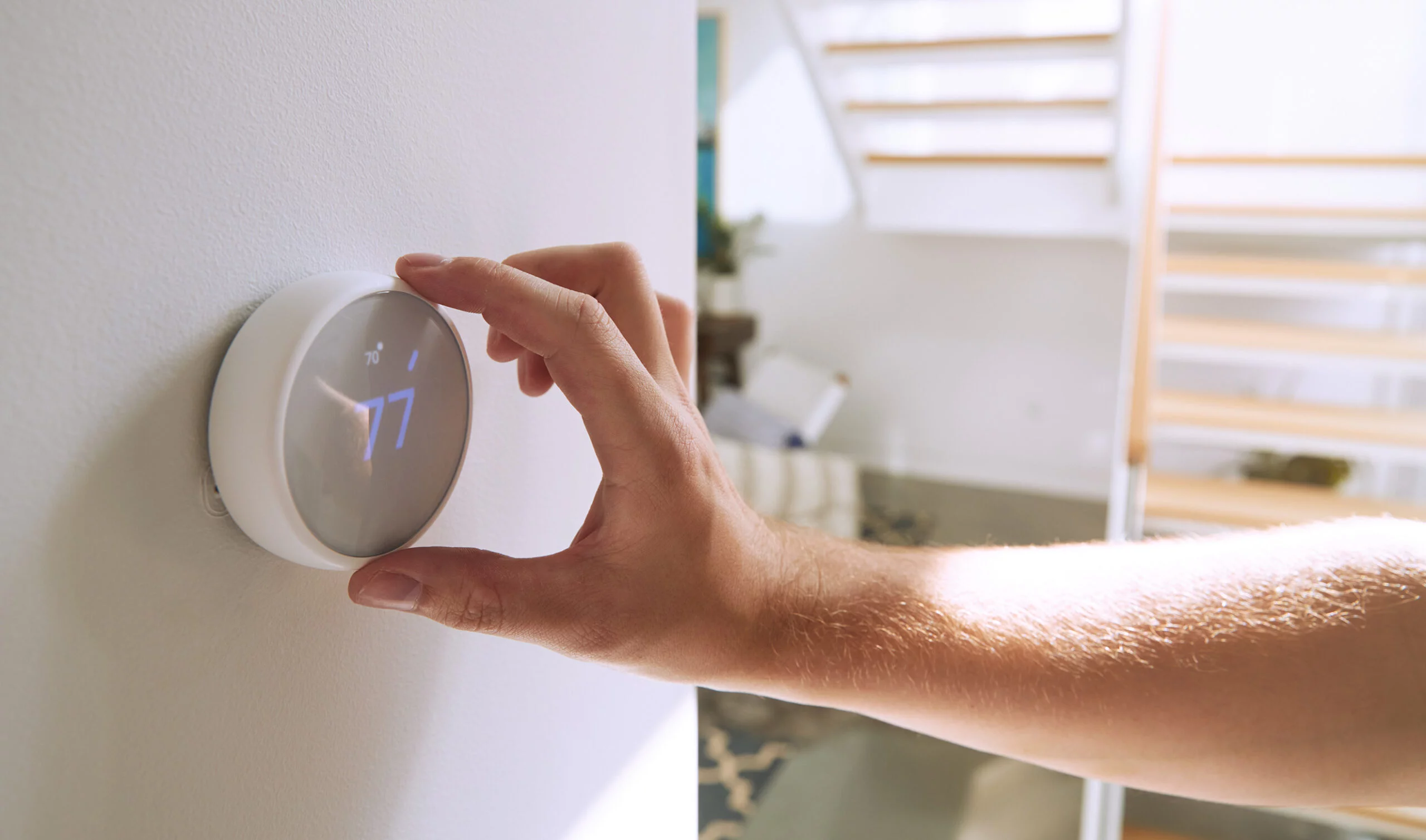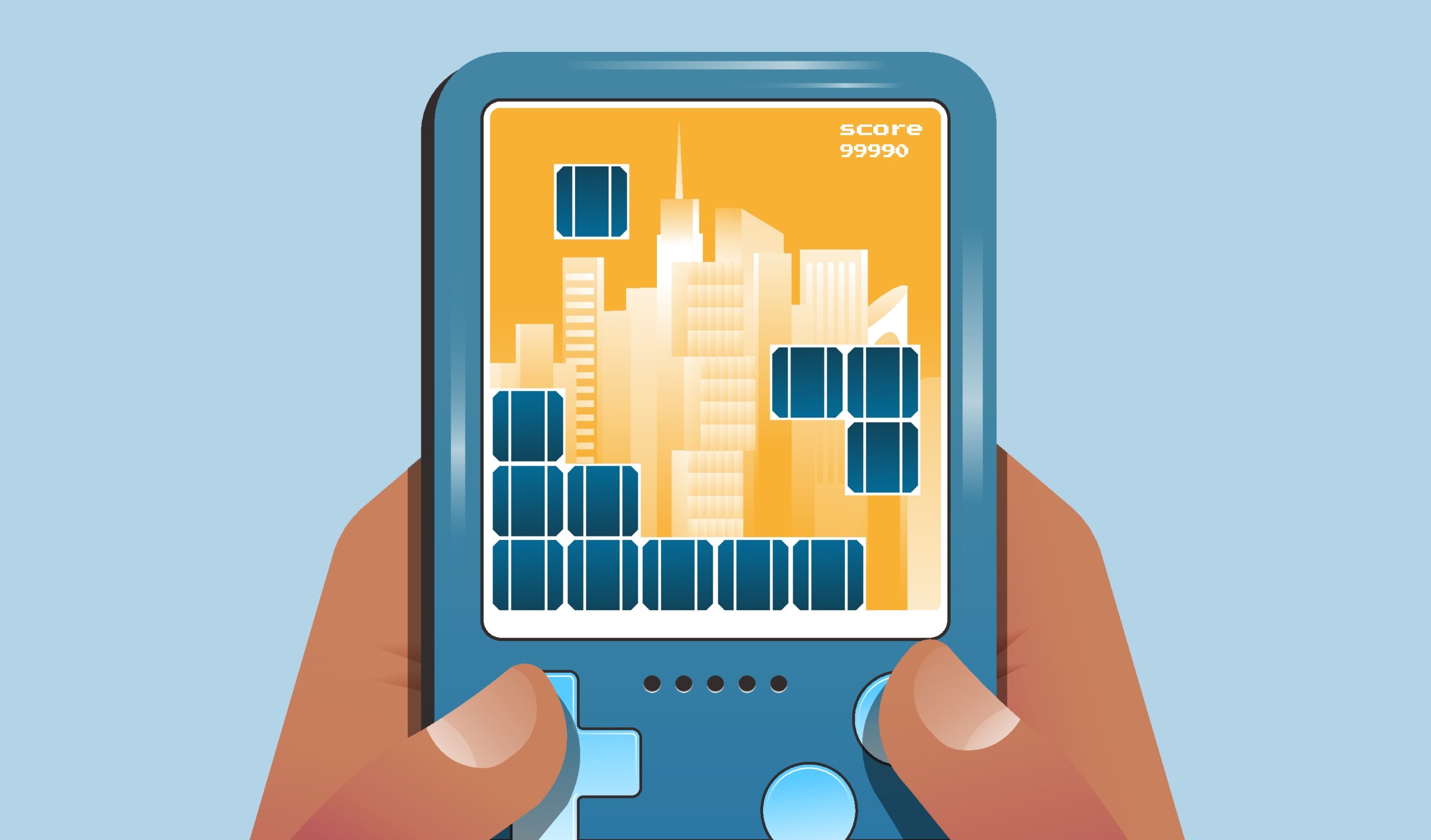Utility resident demand response (DR) programs have evolved in many ways over the years. Initially focused on direct load controllers (DLC) that provide on/off switches and one-way communication, fortunately, through technological advancements, demand response programs have begun to increase in sophistication. Through the Internet-of-Things (IoT), as well as expanded access to WiFi, utilities have discovered the operational and customer engagement benefits of bringing smart devices into demand flexibility programs like demand response.
The Device Control Needed for Demand Flexibility Programs
What continues to lag, however, is the control for these programs. Smart devices have gotten smarter, but, with few exceptions, the utility platforms supporting them have not. Demand flexibility programs and distributed energy resource management systems (DERMS) solutions operate control programs that link to smart devices using basic, aggregate control. In most cases, basic demand response programs link to devices (like thermostats, water heaters, EV chargers, and home battery systems) that have the potential to control or store energy. By calling demand response events, utilities can call upon these devices to shift load to off-peak hours of demand.
Take the Time To Educate & Market
Why does this matter? Because treating customers in aggregate risks the success of all demand response programs. When you call events that are not tailored to your customers, you risk disrupting their lives. Nothing kills a customer’s affinity for their utility like a cold shower in the morning or a summer dinner party with no A/C. Customers were outraged when they were locked out of their smart thermostats during a Texas heatwave, leading to a decrease in program interest. By contrast, utilities that have alerted and engaged their customers to the need for a demand response event have found a greater participation rate.
Streamlining Internal Silos To Help Meet Demand
While there is no one-size-fits-all approach to demand flexibility, some distributed energy resource management systems (DERMS) can aggregate and manage demand across multiple device types. For utility operations, that means that customer programs like BYOD programs, demand response, EV charging, V2G charging, or virtual power plants are manageable from the same device control system. Especially alongside program automation software, this lowering of internal silos frees up resources for utility program managers to develop and scale their demand response or other demand flexibility programs to meet rising demand.
Real-Time Device Control
Disruptions to customers across your service can be curtailed by using a real-time controller. By running this type of system in the cloud, a demand response platform can provide the ability to control each device in a demand response program individually and with real-time data. Each customer’s usage patterns are understood and considered when calling demand flexibility events, including DR events. This not only reduces the risks of disruption discussed above but allows demand response/DERMS initiatives to extract greater value for their customers.

Some examples of real-time control include:
- Staggering overnight EV charging to ensure that grid impacts are minimized while keeping customer vehicles charged
- Pre-heating water heaters using customer preferences as well as load-reduction requirements
- Setting thermostats based on individual settings as well as historical event opt-out patterns
Advanced Device Control
With more distributed energy resources (DERs) on the market and an increasingly higher adoption rate among consumers, utilities are challenged to continue to meet demand. The DER technologies, including solar, battery storage, and smart home devices, are part of a larger global effort toward electrification and decarbonization. Combined with the energy transition away from fossil fuels, utilities are faced with growing demand and fewer clean energy resources. Fortunately, these very same DER technologies offer fresh, innovative solutions to utility program managers.
Challenge: Grid Congestion
The U.S. electric infrastructure requires an incredibly expensive upgrade. Research anticipates that just upgrading overhead lines could cost up to $86.7K per mile, and more so for underground lines. These infrastructure upgrades are necessary to meet this rising demand, which is why legislation like the Inflation Reduction Act or Bipartisan Infrastructure Law was created to address this. Grid upgrades are costly, making non-wires alternatives that much more attractive to utility operations.
Solution: Localized Dispatch
This confluence of electrification, decarbonization, and infrastructure needs has led to grid congestion, a condition where the most affordable energy is unable to flow to meet (affordable) demand because of capacity restraints, bottlenecks that led to expensive outcomes. For example, grid congestion has already cost utilities $20.8b in 2022, a 56% jump from 2021. Fortunately, demand response and demand flexibility strategies offer a non-wires alternative to utilities to meet demand through innovative load-shifting techniques. With robust device control, utility program managers can deploy distribution constraint management, a control strategy that shifts demand across the grid by controlling multiple devices and device types, where and when those resources are needed the most.
Challenge: Reliable Energy On Demand
For program managers, meeting demand is only part of the battle. Whether utilities are struggling to meet demand during temperature extremes or forecasting to prepare for tomorrow, they need to know that they can provide energy on demand. For example, as of May 2023, almost 26% of all U.S. households experienced periods of energy insecurity, a costly challenge for utilities that damages public trust.
Solution: AI-Driven Insights & Automation
With an AI-informed DERMS solution, utilities can put demand response to work in aggregate, shifting load to where it’s needed the most. Combined with forecasting and program automation software, utilities can employ nuanced device control to meet demand with minimal disruption to the customer experience.
Demand Response Programs Device Control Conclusion
What value can real-time control add? It can be the difference between successful demand flexibility programs and one that fails. It can give utilities infinite options to balance the grid, drive new revenue sources, and keep customers engaged. It can tailor how much load is shed by each device based on the behavior of your customers. And most importantly, it maximizes the value inherent within smart devices for both the utility and the customer.
This blog was originally published on May 30, 2018, with updates made on February 9, 2024.





